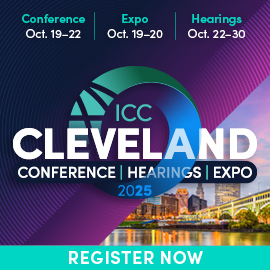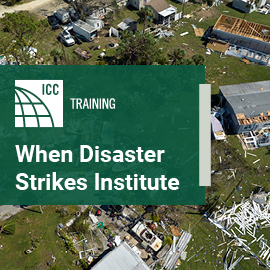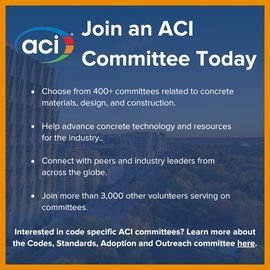
IECC Q&A: Change of occupancy and the thermal envelope
![]() In this column, we will address some of the typical questions asked of our technical support team. As always, code opinions issued by International Code Council staff are based on published Code Council codes and do not include local, state or federal codes; policies; or amendments. This opinion does not imply approval of an equivalency, specific product, specific design or specific installation and cannot be published in any form implying such approval by the International Code Council. As this opinion is only advisory, the final decision is the responsibility of the designated authority charged with the administration and enforcement of this code. All code citations reference the 2018 International Energy Conservation Code (IECC) unless otherwise specified.
In this column, we will address some of the typical questions asked of our technical support team. As always, code opinions issued by International Code Council staff are based on published Code Council codes and do not include local, state or federal codes; policies; or amendments. This opinion does not imply approval of an equivalency, specific product, specific design or specific installation and cannot be published in any form implying such approval by the International Code Council. As this opinion is only advisory, the final decision is the responsibility of the designated authority charged with the administration and enforcement of this code. All code citations reference the 2018 International Energy Conservation Code (IECC) unless otherwise specified.
Change of occupancy and the thermal envelope
Q: When one portion of a building undergoes a change of occupancy and increased energy use, which results in a new thermal envelope, but the remaining portion remains unchanged, is a thermal barrier required between the two energy uses per Section C402?
A: Yes, spaces undergoing a change in occupancy that would result in an increase in demand for either fossil fuel or electrical energy shall comply with this code, which includes a thermal envelope for conditioned spaces.
Therefore, if the unaltered space is already a conditioned space, insulation is not required between it and the space that undergoes a change of occupancy that results in an increase in change of occupancy.
If the unaltered space is not a conditioned space, the code would require a separation between the space undergoing a change of occupancy and the unaltered space. The thermal envelope of a conditioned space can comply via the prescriptive provisions of Section 402.1 using the specific insulation requirements of Section C402.2 and the thermal requirements of either the R-value-based method of Section C402.1.3; the U-, C- and F-factor-based method of Section C402.1.4; or the component performance alternative of Section C402.1.5. Alternatively, Section C407 provides provisions for a simulated performance approach for demonstrating compliance.
Note, the IECC does not include provisions for requiring changes to otherwise unaltered portions of a building.








